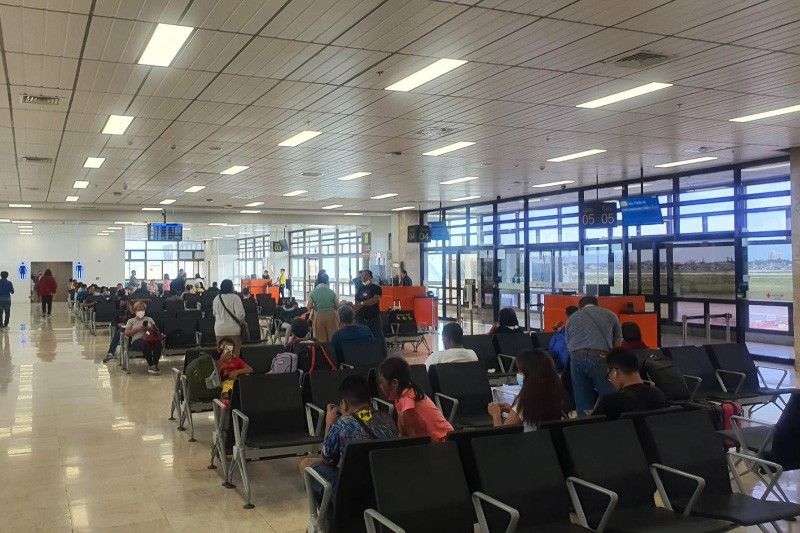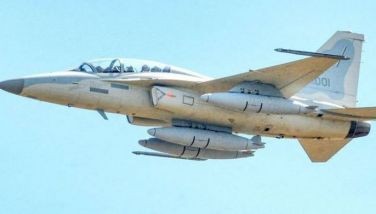Mactan airport back to normal operations

CEBU, Philippines — The Mactan Cebu International Airport is now back to normal operations after cancellation of several domestic and internal flights on Sunday, New Year’s Day, due to power outage affecting the Air Traffic Management Center (ATMC) of the Civil Aviation Authority of the Philippines (CAAP).
Transportation Secretary Jaime Bautista said the ATMC, which serves as the facility for controlling and overseeing all inbound and outbound flights and overflights within the Philippine airspace, went down Sunday morning due to power outage, resulting to loss of communication, radio, radar, and internet.
The system issue caused disruption of lights not only at the Ninoy Aquino International Airport (NAIA) but the other airports in the country as well, including MCIA.
“The primary cause identified was a problem with the power supply and the degraded uninterrupted power supply which had no link to the commercial power and had to be connected to the latter manually. The secondary problem was the power surge due to the power outage which affected the equipment,” Bautista said.
The transportation chief said the ATMC resumed partial operations with limited capacity at 4 p.m. on Sunday and full operations at 5:50 p.m. on the same day.
The MCIA announced that it has also resumed flight operations at 5 a.m. yesterday.
“With everyone's cooperation and diligence, the Mactan-Cebu International Airport is finally back to normal operations. Thank you for your patience and understanding,” the MCIA said in a Facebook post.
The ATMC was a P10.8-billion project completed in October 2017 through the Japan International Cooperation Agency (JICA).
The system provides various computer-aided safety measures in Air Traffic Control (ATC), and enhances safety through reduction of controller/pilot workloads and human errors.
The new ATM System introduced Air Traffic Flow Management (ATFM) and Air Space Management (ASM) functions, which optimize the use of airport capacity and the efficient use of airspace, hence minimizing delays and allowing more flexible and user-preferred air-route selection.
Prior to the system, CAAP used only three radars stationed in NAIA in Pasay City, Clark in Pampanga, and Tagaytay in Cavite to manage the air traffic in the country.
Under the new system the country now has 13 radars (NAIA1, Clark, Tagaytay, Aparri, Laoag, Cebu-Mt. Majic, Quezon-Palawan, Zamboanga, NAIA2, Mactan, Bacolod, Kalibo, and Davao) covering around 70% of Philippine air space.
Additionally, with the introduction of the Automatic Dependent Surveillance – Contract (ADS-C) and the Controller-Pilot Data Link Communications (CPDLC), the CNS/ATM is able to cover 100% of the remaining oceanic airspace, hence increasing air traffic safety and capacity in the oceanic region of the Manila FIR (flight information region).
The system was inaugurated on January 17, 2018 and commenced comprehensive operations on July 26, 2019.
“The incident that resulted in the loss of power in the system was due to a problem in the system’s electrical network, with its uninterruptible power supply (UPS), which is to be used as backup power supply, also failing. The main cause of the power supply problem is still being determined and is subject for investigation. The CAAP’s Aerodrome and Air Navigation Safety Oversight Office (AANSOO) will be tasked to investigate the incident,” CAAP said in a statement.
CAAP recognizes that the system is already behind when it was first used in 2019 and has made recommendations to the President on improving the country’s air traffic management system.
Despite the circumstances, CAAP, alongside concerned authorities, has ensured that no aircraft or passengers were harmed.
CAAP was grateful to its air traffic management officers, air navigation system officers, and other staff involved in ensuring that the country’s air traffic maintained its safety in spite of the power failure encountered by the system.
“As we continue to work to guarantee the safe return of normal flight operations, the Authority would also like to apologize and thank affected passengers for their patience in this unfortunate event,” it added. — FPL (FREEMAN)
- Latest




















